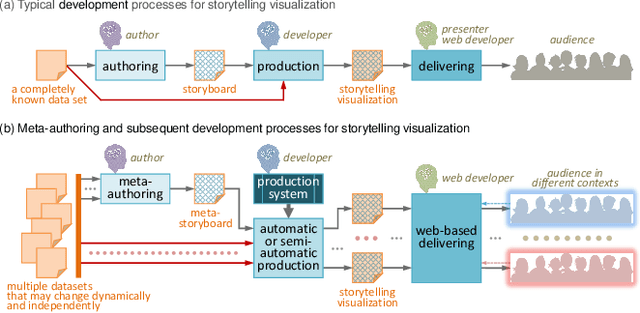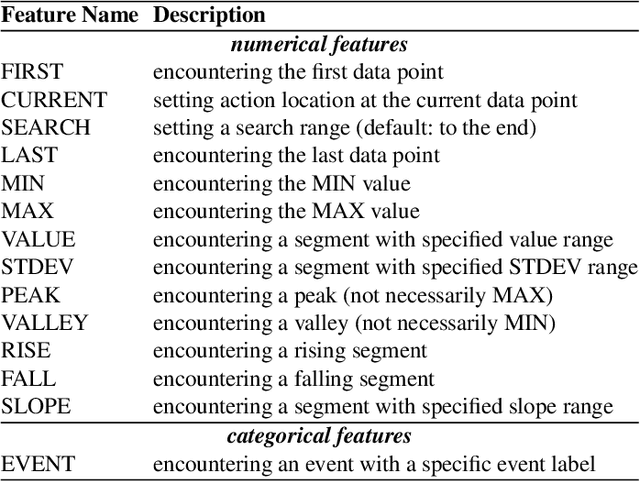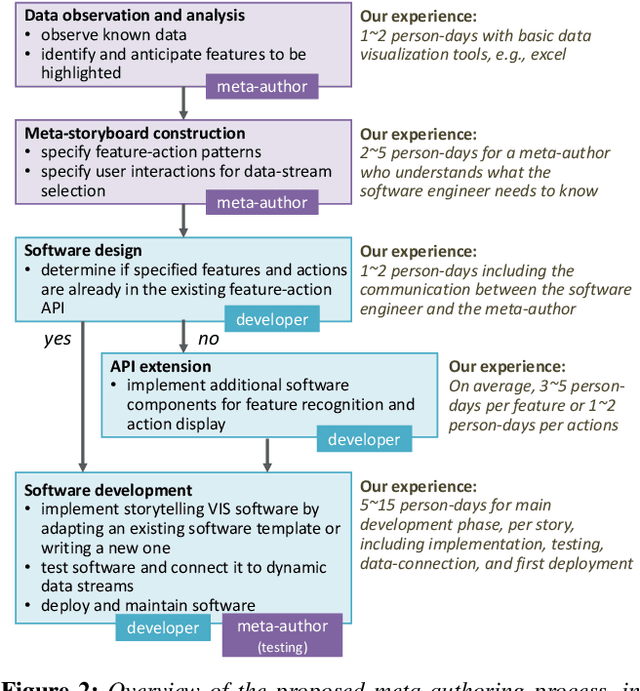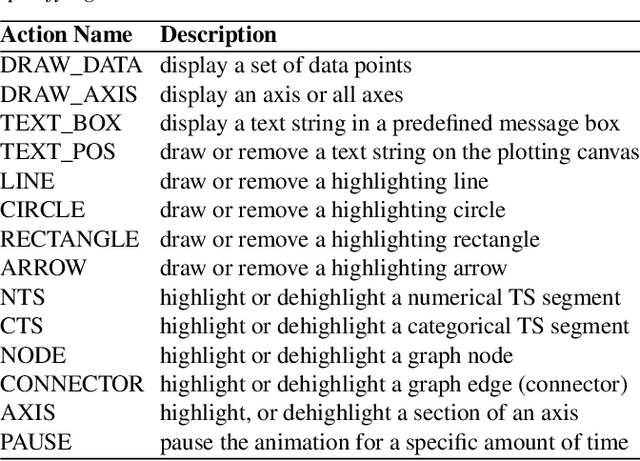Benjamin Bach
Investigating the Capabilities and Limitations of Machine Learning for Identifying Bias in English Language Data with Information and Heritage Professionals
Apr 01, 2025Abstract:Despite numerous efforts to mitigate their biases, ML systems continue to harm already-marginalized people. While predominant ML approaches assume bias can be removed and fair models can be created, we show that these are not always possible, nor desirable, goals. We reframe the problem of ML bias by creating models to identify biased language, drawing attention to a dataset's biases rather than trying to remove them. Then, through a workshop, we evaluated the models for a specific use case: workflows of information and heritage professionals. Our findings demonstrate the limitations of ML for identifying bias due to its contextual nature, the way in which approaches to mitigating it can simultaneously privilege and oppress different communities, and its inevitability. We demonstrate the need to expand ML approaches to bias and fairness, providing a mixed-methods approach to investigating the feasibility of removing bias or achieving fairness in a given ML use case.
ChatGPT in Data Visualization Education: A Student Perspective
May 01, 2024



Abstract:Unlike traditional educational chatbots that rely on pre-programmed responses, large-language model-driven chatbots, such as ChatGPT, demonstrate remarkable versatility and have the potential to serve as a dynamic resource for addressing student needs from understanding advanced concepts to solving complex problems. This work explores the impact of such technology on student learning in an interdisciplinary, project-oriented data visualization course. Throughout the semester, students engaged with ChatGPT across four distinct projects, including data visualizations and implementing them using a variety of tools including Tableau, D3, and Vega-lite. We collected conversation logs and reflection surveys from the students after each assignment. In addition, we conducted interviews with selected students to gain deeper insights into their overall experiences with ChatGPT. Our analysis examined the advantages and barriers of using ChatGPT, students' querying behavior, the types of assistance sought, and its impact on assignment outcomes and engagement. Based on the findings, we discuss design considerations for an educational solution that goes beyond the basic interface of ChatGPT, specifically tailored for data visualization education.
Feature-Action Design Patterns for Storytelling Visualizations with Time Series Data
Feb 05, 2024



Abstract:We present a method to create storytelling visualization with time series data. Many personal decisions nowadays rely on access to dynamic data regularly, as we have seen during the COVID-19 pandemic. It is thus desirable to construct storytelling visualization for dynamic data that is selected by an individual for a specific context. Because of the need to tell data-dependent stories, predefined storyboards based on known data cannot accommodate dynamic data easily nor scale up to many different individuals and contexts. Motivated initially by the need to communicate time series data during the COVID-19 pandemic, we developed a novel computer-assisted method for meta-authoring of stories, which enables the design of storyboards that include feature-action patterns in anticipation of potential features that may appear in dynamically arrived or selected data. In addition to meta-storyboards involving COVID-19 data, we also present storyboards for telling stories about progress in a machine learning workflow. Our approach is complementary to traditional methods for authoring storytelling visualization, and provides an efficient means to construct data-dependent storyboards for different data-streams of similar contexts.
Situated Data, Situated Systems: A Methodology to Engage with Power Relations in Natural Language Processing Research
Nov 11, 2020

Abstract:We propose a bias-aware methodology to engage with power relations in natural language processing (NLP) research. NLP research rarely engages with bias in social contexts, limiting its ability to mitigate bias. While researchers have recommended actions, technical methods, and documentation practices, no methodology exists to integrate critical reflections on bias with technical NLP methods. In this paper, after an extensive and interdisciplinary literature review, we contribute a bias-aware methodology for NLP research. We also contribute a definition of biased text, a discussion of the implications of biased NLP systems, and a case study demonstrating how we are executing the bias-aware methodology in research on archival metadata descriptions.
 Add to Chrome
Add to Chrome Add to Firefox
Add to Firefox Add to Edge
Add to Edge